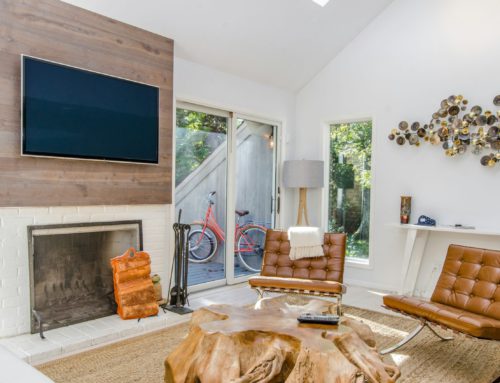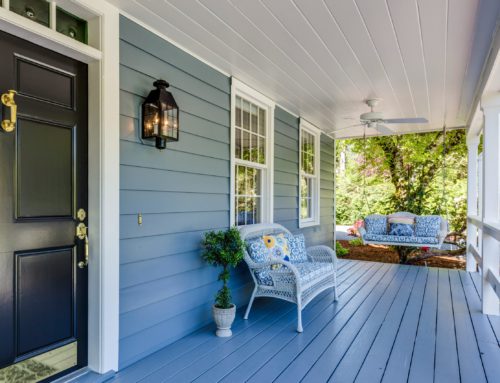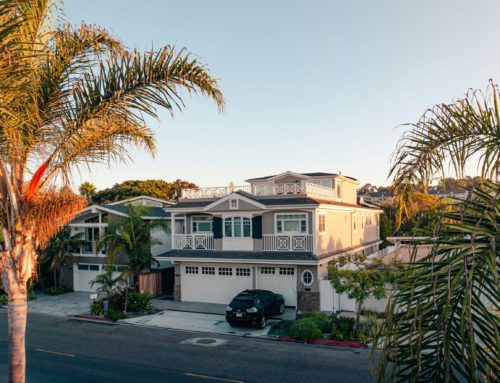
The prospect of owning your own home for the first time is exciting! Homeownership is the ultimate goal for many people, even though it can seem far from reality for many. One of the biggest struggles people have is saving up for a property of their own. When it comes to huge purchases, acquiring the amount of money necessary to take a major first step seems like too big a burden.
In today’s fast-paced, tech-driven world, we expect instant gratification, but saving up for a house takes time, patience, and dedication. But like many things that take time, you won’t regret it. Getting the keys to your first home will make all your hard work and savings efforts worth. With that in mind, here are some home savings tips:
Set a Budget
One of the first things you’ll need to do is set a budget and timeline for your home. Start by analyzing all your current expenses and identifying what you can realistically afford to save each month. Give yourself plenty of wiggle room to avoid a financial disappointment. For example, you never know when emergencies will arise, and you have to account for leisure activities (like vacations) as well. Make a decision on what you can comfortably afford in terms of a home, and base your savings projections on this number. With your budget in mind, you can set a timeline for your savings. For example, depending on your income, you might give yourself five years.
Set Up Automatic Transfers
Automatic transfers are a great way to ensure you’re meeting your monthly savings goals. If you have to do everything manually, it might discourage you—or you might forget from time to time. You can set up automatic transfers to a savings account directly through your bank, and these will take a percentage of your check each time. For instance, if you’ve decided to save $20,000 for a down payment and are giving yourself a three-year timeline, that’s roughly $550 per month. Set those automatic transfers up, and you’re good to go.
Understanding Down Payments
You may have already heard the golden rule of down payments: you’ll need to put down 20% of the property value. When you have the ability to put down 20%, you become more attractive to lenders and can score some of the best interest rates. However, not everyone can save 20% without taking several more years longer to become a homeowner than they’d hoped. Fortunately, while 20% is ideal, it certainly isn’t a requirement. For instance, through a program for the Federal Housing Authority, you can put down as little as 3.5%.
Additionally, mortgage companies sponsored by the federal government recently started offering loans with as little as a 3% down payment. Veterans and active military personnel may even be able to purchase a home with no down payment required through the Veteran’s Association. If you have a solid credit score, you can work with a lender for a good mortgage deal and downpayment of 10%.
As you can see, it’s clear that you can get a home with a down payment of under 20%. However, keep in mind that when you put down the lowest amount, you’ll have to pay a private mortgage insurance company until you do reach 20%, and that can eat away at your monthly budget as a homeowner. Essentially, this is like paying interest on your mortgage, and it’s unavoidable unless you put down 20% to start with.
It can take many years to save up 20% for your ideal starter home. Let’s say you want to purchase your first home, and are willing to stay within the $300,000 range. At 20%, that’s $60,000 you’d have to save up. And for many people, this isn’t ideal or feasible. On the lowest end of the spectrum, putting down 3% means you’d have to save up just $9,000, which makes a huge difference. It’s up to you to take a look at these numbers and decide whether it makes sense to wait longer for a lower mortgage and better interest rates or to go ahead and pay the PMI and higher mortgage.
Work on Your Debts
When you’re in the process of buying a home, your lender will run your credit to check your score and debt to income ratio. Generally speaking, your housing costs shouldn’t exceed more than a third of your total income. When you have credit card debt, student loans, and car payments, those items can easily chip away at your budget for a mortgage.
If you work on paying down some of that debt first, you’ll be in a better position when you sit down with a lender. It might seem a bit counterintuitive to focus on your debt when you’re attempting to save up money for a down payment, but the goal is to look at the bigger picture: paying off some of your debt can help you save thousands in the long run because you’ll be able to get much better interest rates.
Cut Back on Your Expenses
When you’re saving up for a big purchase, you’ll likely need to make some lifestyle adjustments. Take a look at your credit card and debit card statements to gain a real perspective of where all your money is going. Then, cut anywhere between 10% to 15% of your overall spend. For instance, if you’re spending around $250 per month on nightlife and entertainment, cut back 15% (nearly $40), and put that towards your savings.
If you have a high-package cable bill or extra features on your cell phone, explore different ways you can cut back on those costs. Small changes might not seem like they’ll make a difference, but they certainly add up. Another way to save money is to scale back on lunches and make it a mission to prepare meals for lunch in advance. And if you smoke, now might be a time to commit to quitting: if you smoke just one pack of cigarettes per week, that’s $500 for the year on average.






Leave A Comment